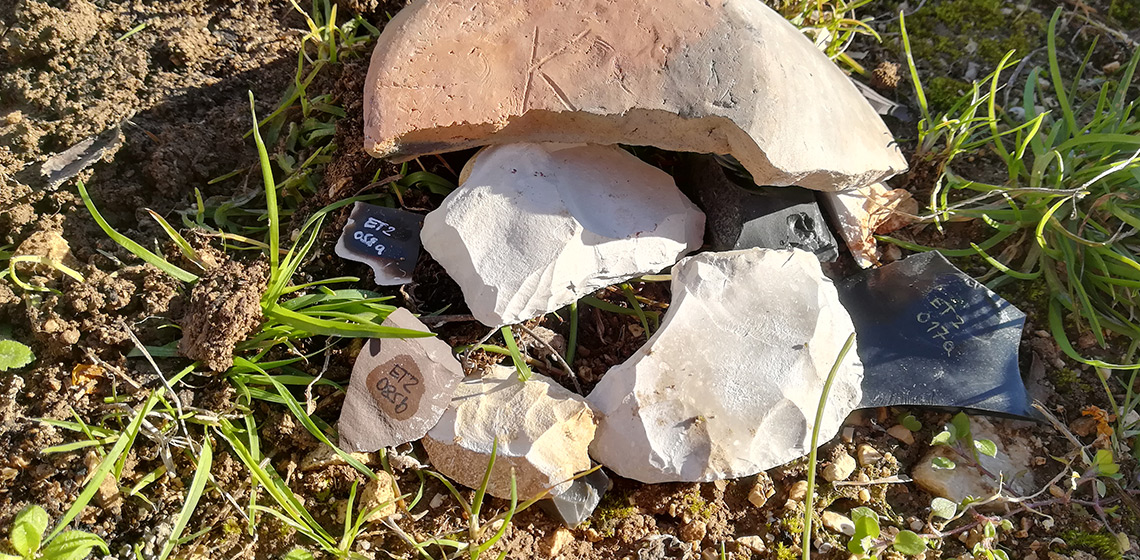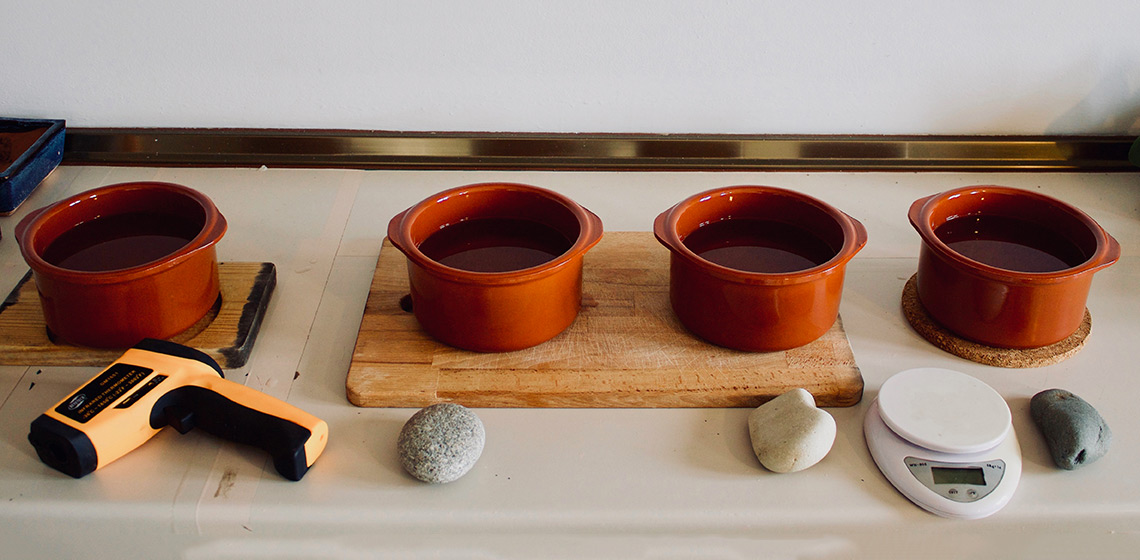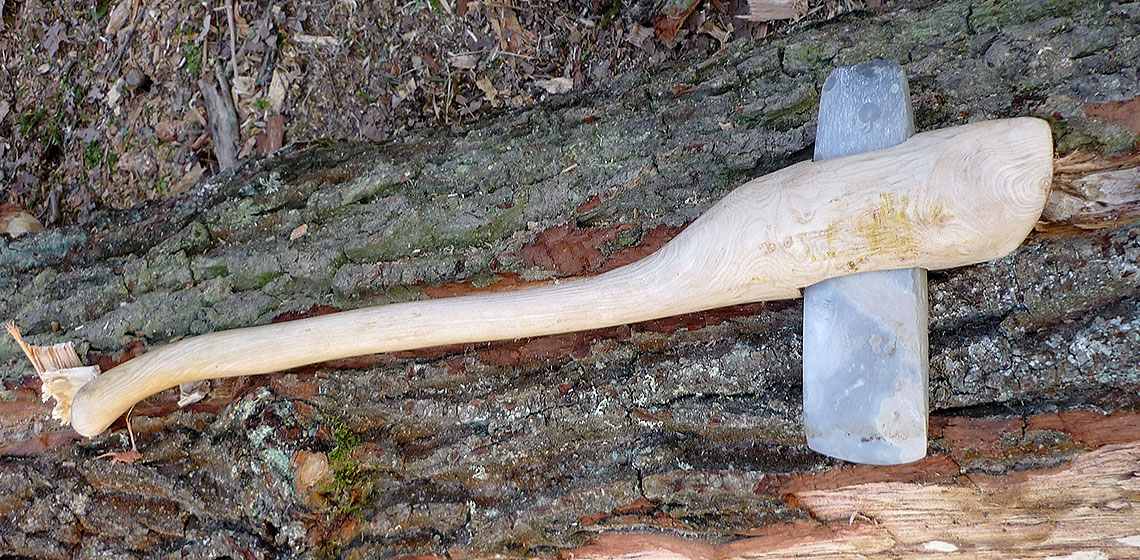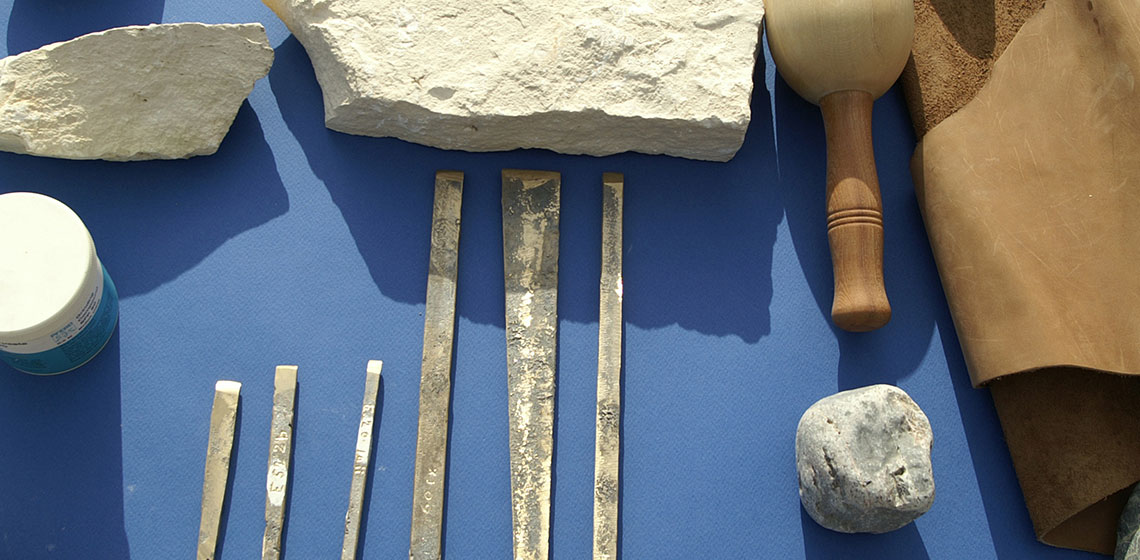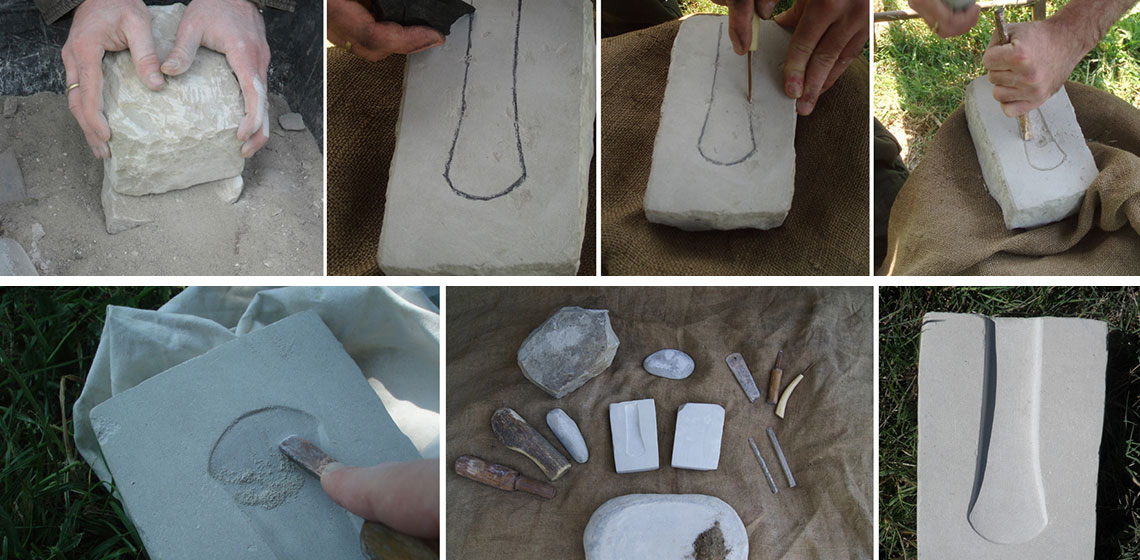stone working
Enhancing the Accuracy of Use Interpretation: The Discovery of a New Wear Formation with the Complementary Methods of Experimental Archaeology and Use-Wear Analysis
***Experimental archaeology and use-wear analysis are methods used together to understand aspects of an object’s life, such as manufacture and use. This paper demonstrates the benefits of analysing use-wear through experiments. It presents the results of experiments which were carried out to test the use of battle-axes and axe-hammers...
Trampling Experiments – A Contribution to the Pseudo-Retouch Issue
***Apart from human-made retouch, stone tools can also exhibit traces of damage caused by several post depositional processes, one of which is trampling. Edge damage provoked by trampling, be it of animal or human origin, is sometimes interpreted as human-made retouch ...
Barely Scratching the Surface: An Experimental Approach to Engraved Magdalenian Plaquettes
Keep it in your own Backyard: New Experimental Perspectives on Domestic Iron Age Lithic Industries in the Northwestern Iberian Peninsula
***Both knapped and polished lithic industries have traditionally been given great regard within the archaeological studies of northwestern Iberian Peninsula, mostly focusing on their typologies and the materials used. However, this has not been the case with other stone objects, such as rolling stones, that tend to appear in...
Knapping Skill Assessment
***This article is derived from a presentation made by the senior author at the OpenArch Conference "Working with stones in European Pre- and Proto-history in theory and in practice" organised by the Archaeological-Ecological Centre Albersdorf (DE), 23-27 September, 2013.
Field Trials in Neolithic Woodworking – (Re)Learning to Use Early Neolithic Stone Adzes
***Excavations of several Early Neolithic wells with excellent preservation of the wooden lining in the past years have made clear that Stone Age woodworking already attained a very high level of perfection. This poses the question how it was possible to execute this type of work with the means available at that time...
To Use or Not to Use a Minoan Chisel? Ancient Technology in a New Light
***The Minoan chisel is thought to have been used by the metal worker, the stone mason, the sculptor, the carpenter, and the ivory and bone worker. However, barely any work has been conducted to substantiate the different workers and their chisels...
Stone Moulds from Terramare (Northern Italy): Analytical Approach and Experimental Reproduction
Introduction
Although a long list of publications has been dedicated over the last several decades to the questions concerning early metallurgy, the achievements and the potential contributions of experimental archaeology in this area of interest still remain quite underestimated by a consistent part of academia, at least in Italy. At some official occasions the debate between the theoretical knowledge-holders and the technical skill-holders strongly emerges, but very few come back home with a true increased respect and acceptance for the counterpart's work.
Guédelon (FR)
In Guédelon forest, in a once disused quarry, using medieval technology, woodcutters, quarrymen, carpenters, stonemasons, blacksmiths, tilers, carters and rope makers are building a 13th-century castle from scratch...
In Guédelon forest, in a once disused quarry, woodcutters, quarrymen, carpenters, stonemasons, blacksmiths, tilers, carters and rope makers are building a 13th-century castle from scratch...


